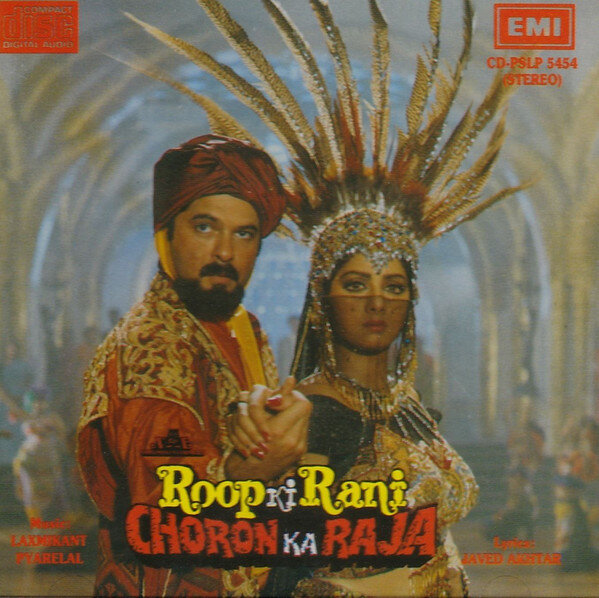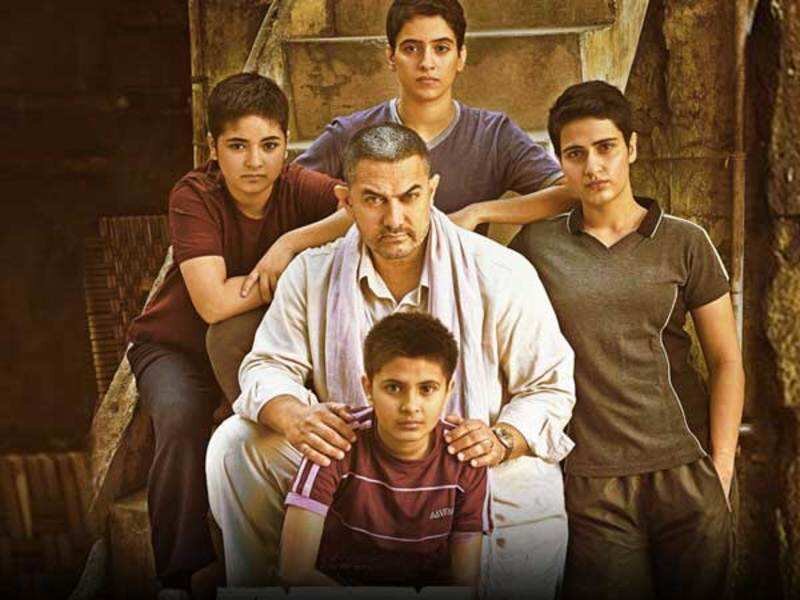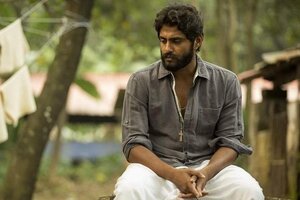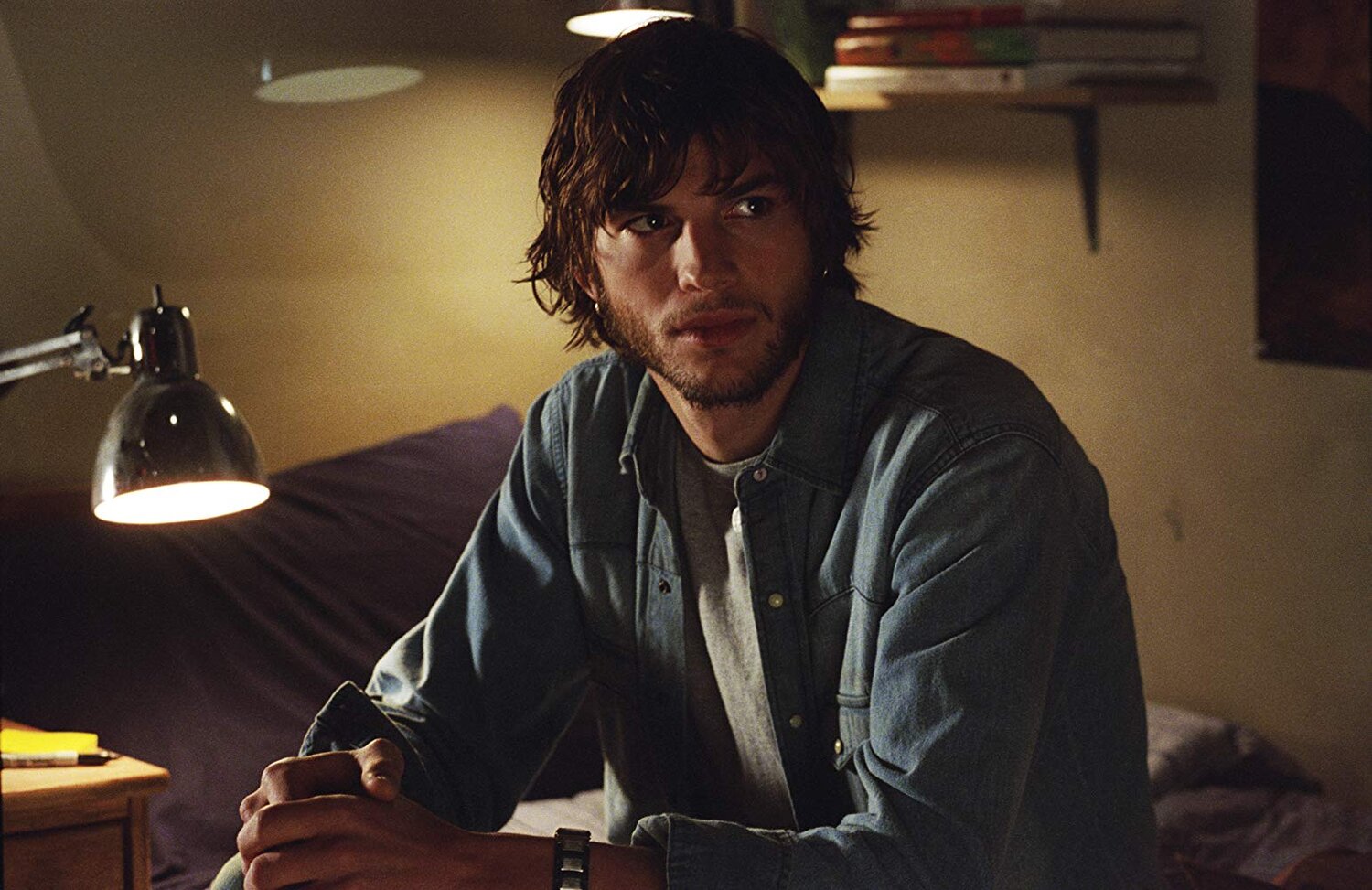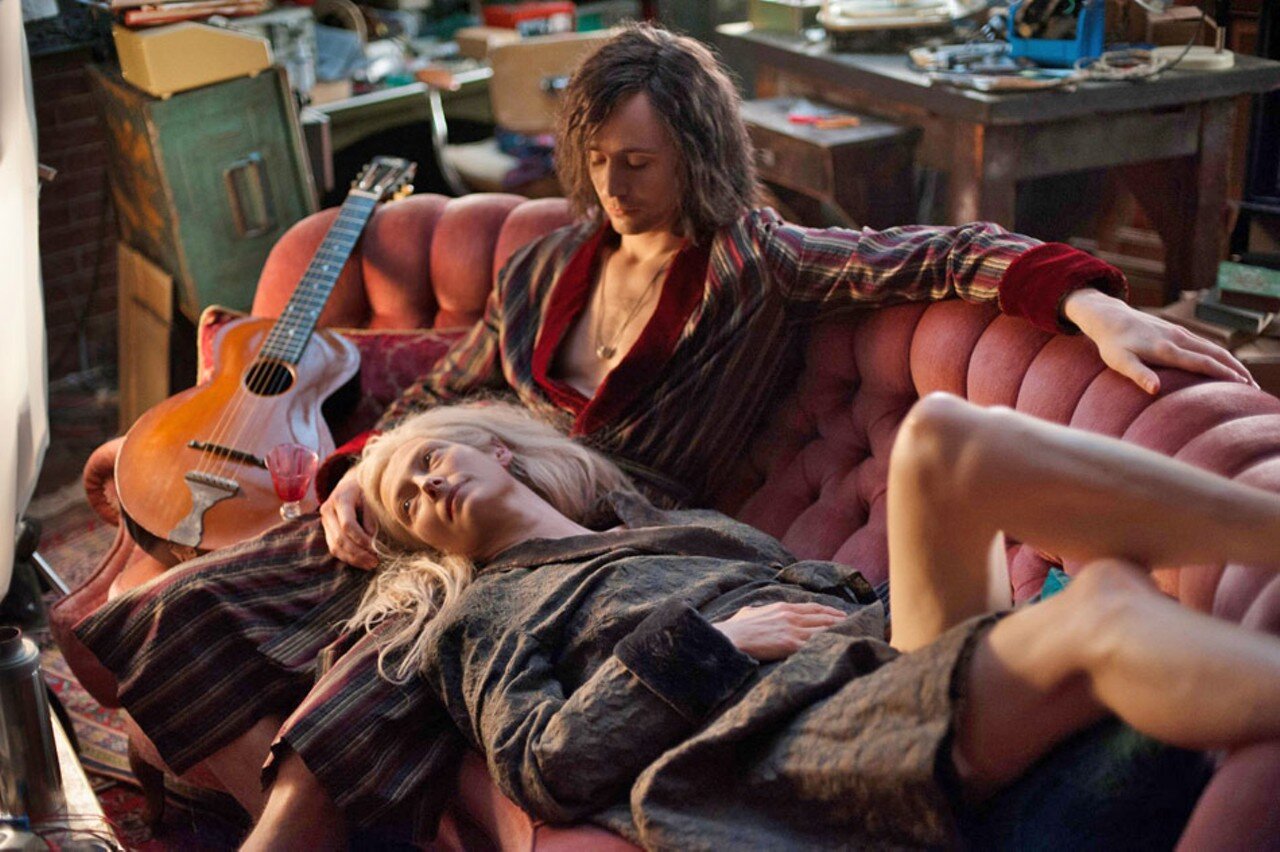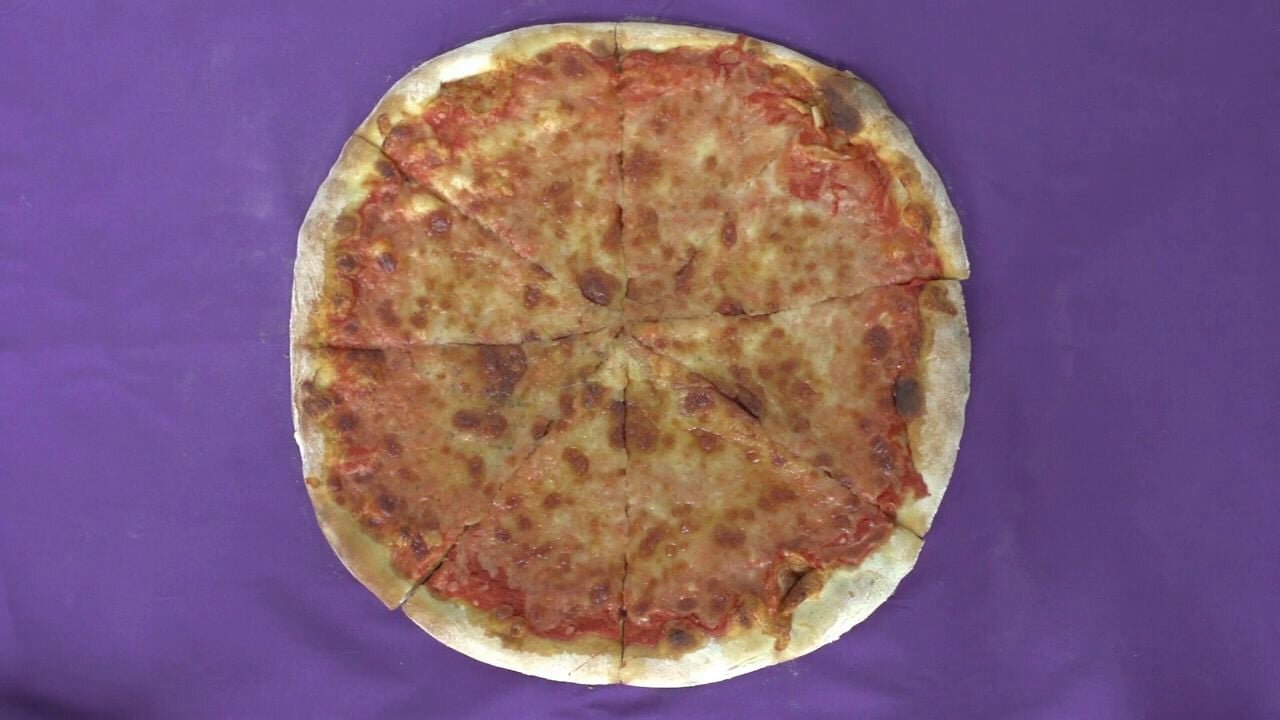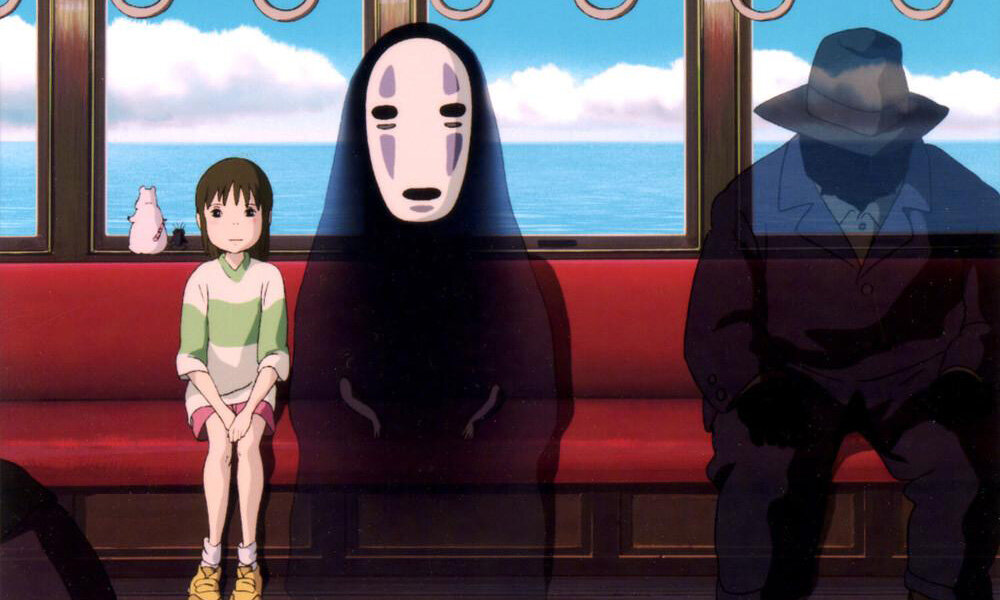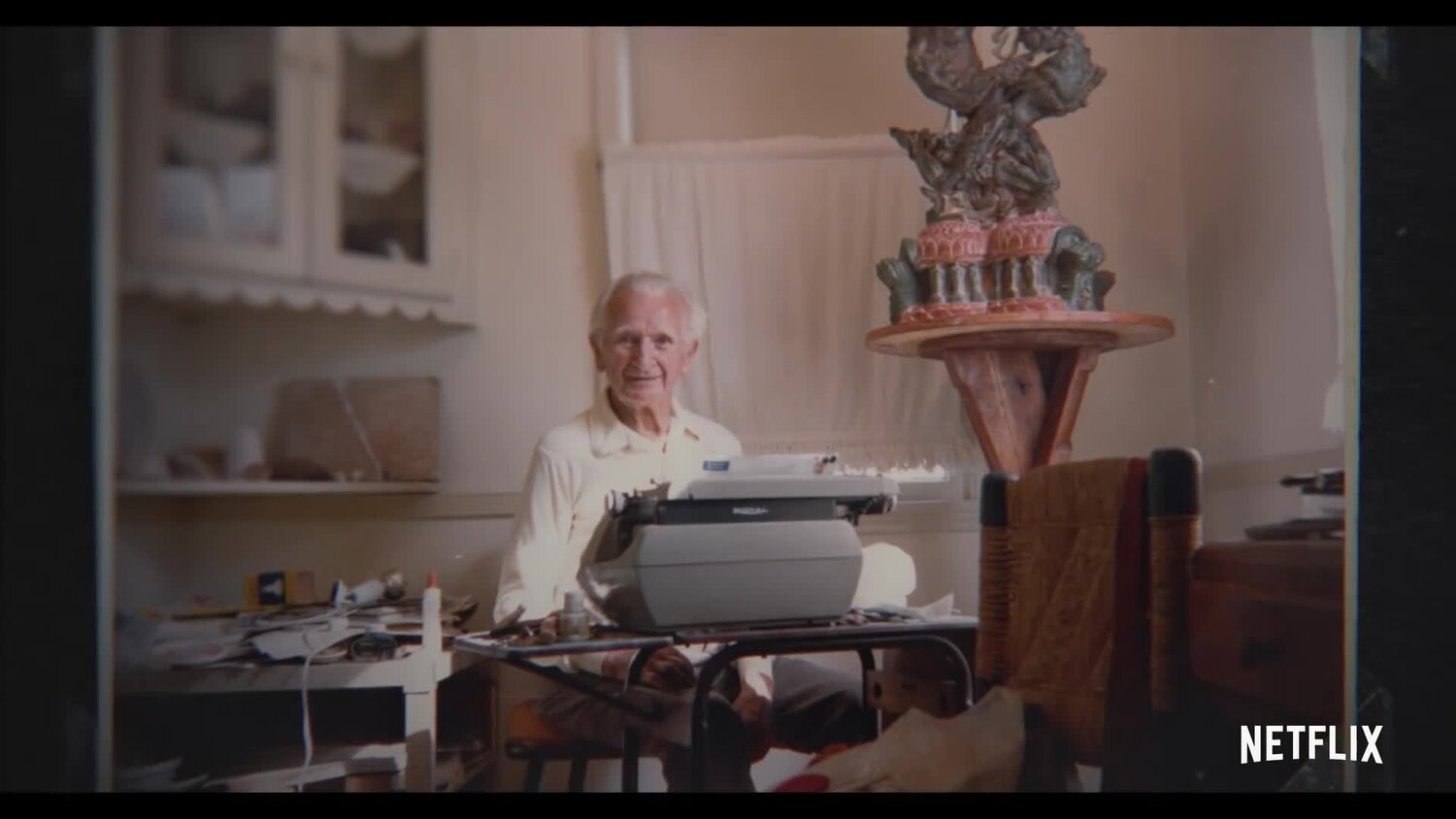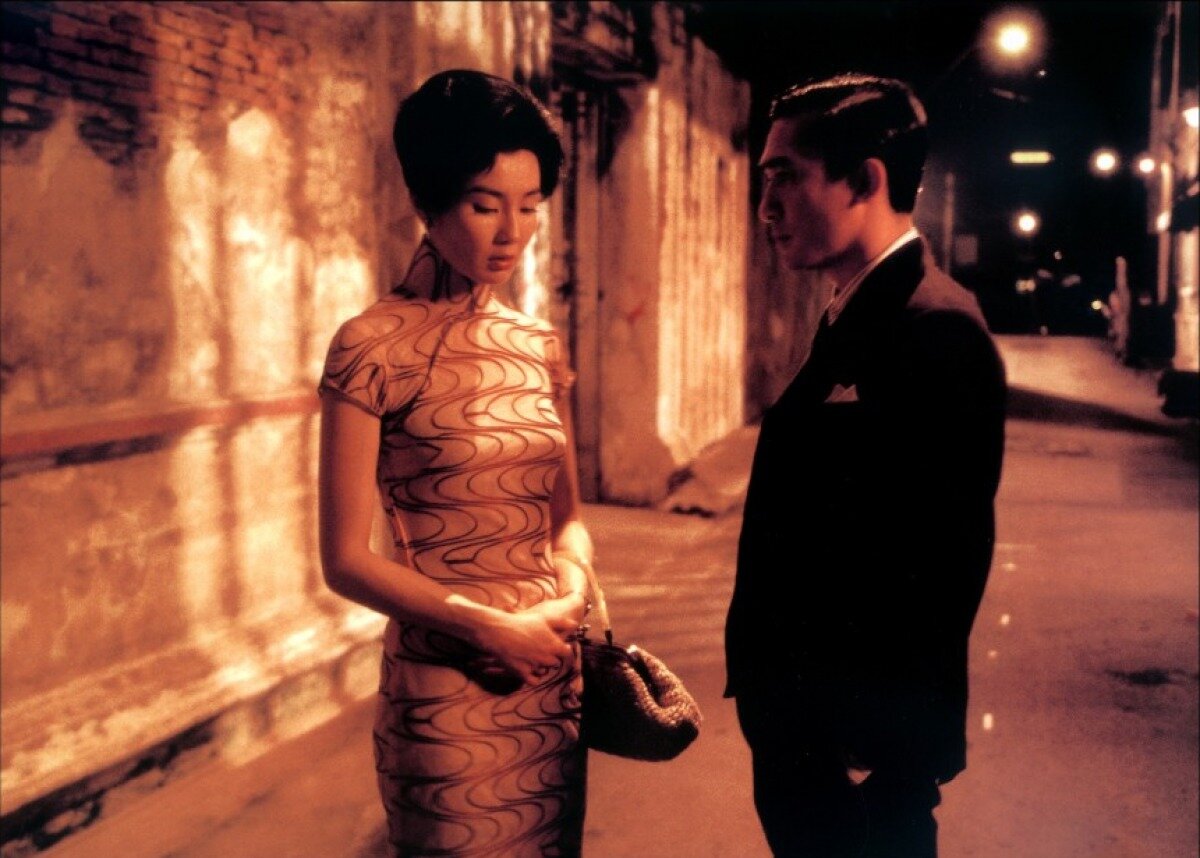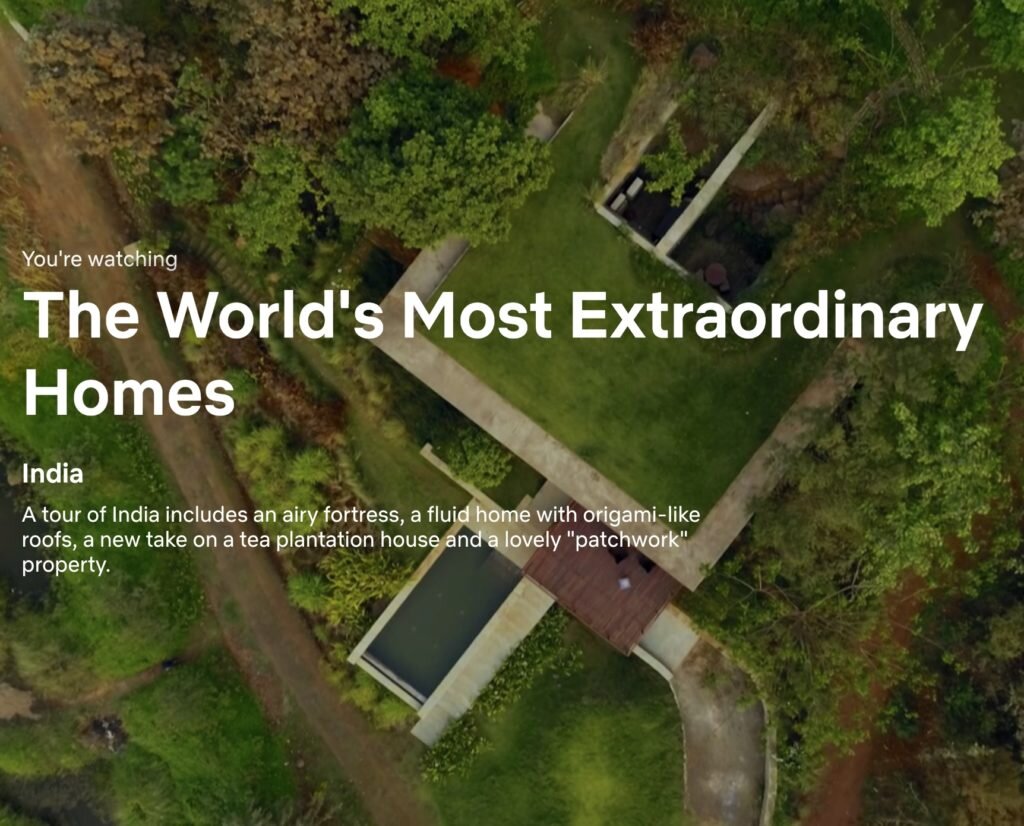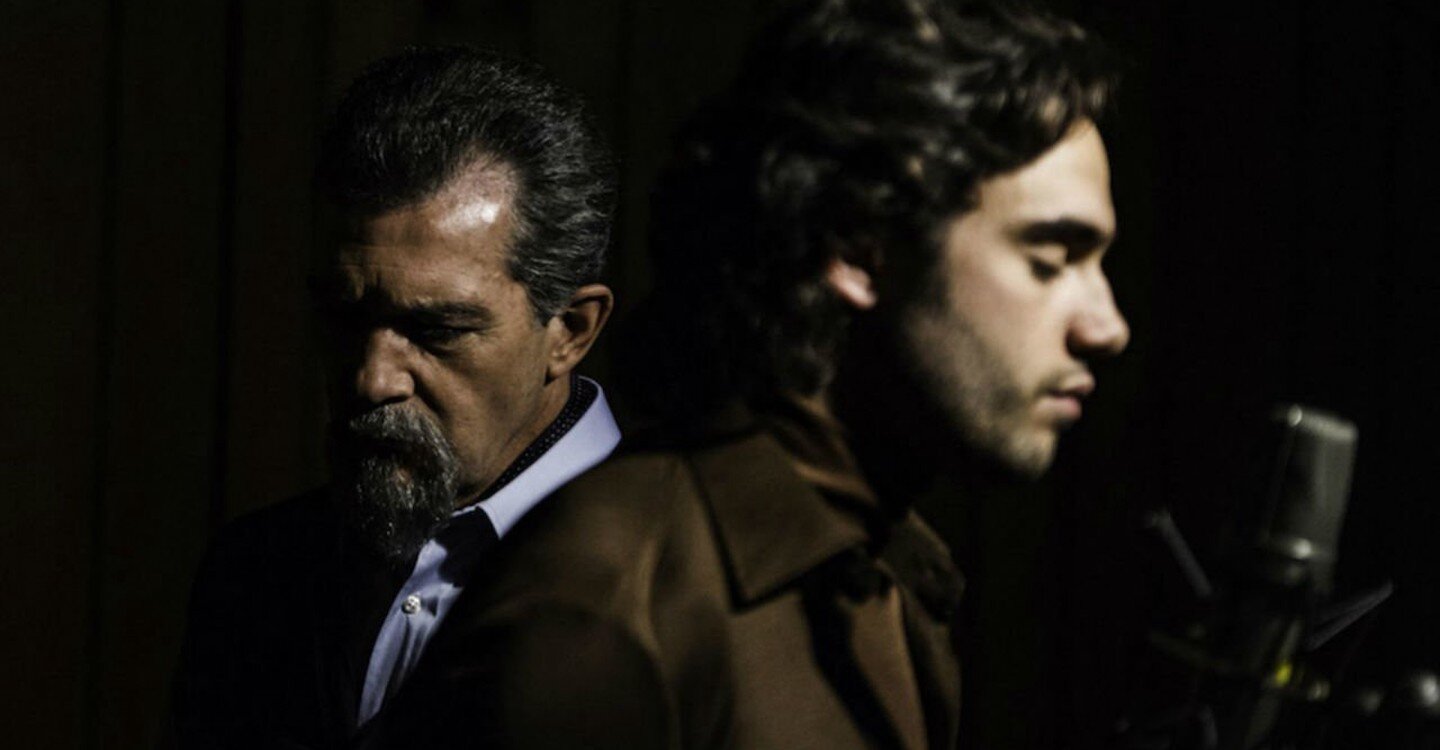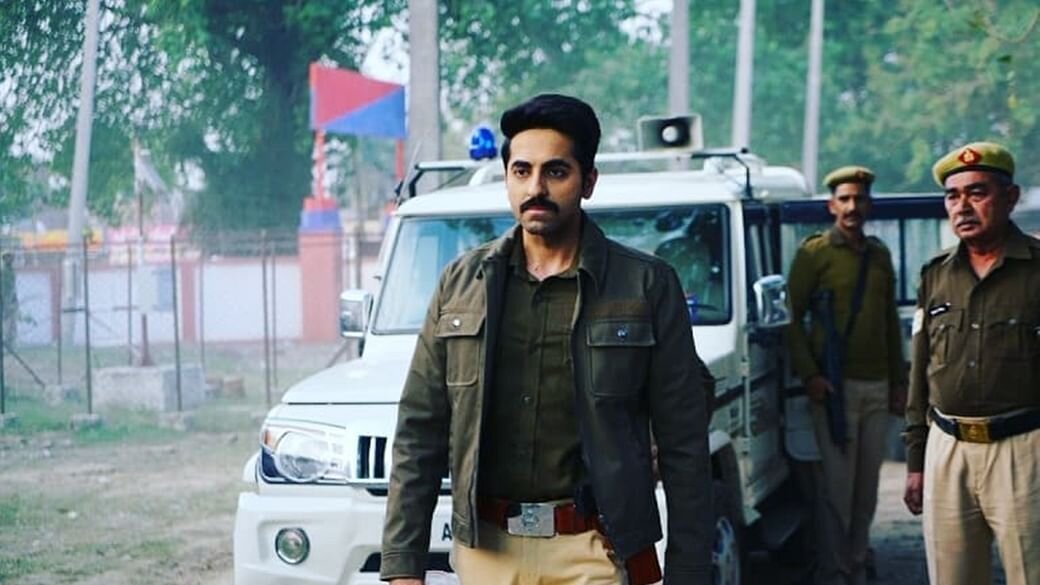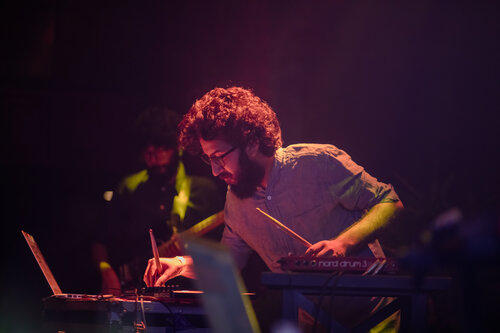Missed the Serendipity Arts Festival last year? Catch some highlights here!
Prerna, the eternal romantic, with a penchant for Bollywood, suggests a sweet track that takes us back to the good old days of the nineties!
It’s time to speak.
As we have meandered through the past three weeks, stumbling into the pangs of separation, the invasion of complex, mangled feelings—exhaustion, heartache, worry, resilience, kindness, anger, empathy—has connected us in new ways.
This week we present glimpses of collectivity in history, that continue to seep into and enrich our present. We showcase writing that unravels the courageous narratives of voices from the margins, captured through the alchemical medium of photography; a project that showcased the confluences of music and solidarity through the medium of songs; a dance performance that rises like an anguish, a deep, enveloping cry against injustices wrought on the female body; a critical travelogue through colonial methodologies of writing the South Asian dancing body; a virtual reading group that is reiterating learning as a shared, collective activity; a design studio that is reclaiming ownership of skills otherwise extracted as surplus labour in a caste-based economy.
We request you to speak to us, even as we have turned to you these past three weeks. We thank you, for your companionship, for your patient listening, for your resolve to stay together.
Learn
An excerpt from
Other Photography Histories
By Rahaab Allana
An extract from the essay featured in Projects / Processes Vol. 1, (HarperCollins India, 2019) which discusses the exhibition “Ephemeral: New Futures for Passing Images,” curated by Rahaab Allana and showcased at Serendipity Arts Festival 2018.
From the curatorial note
As images diversify across the globe with the expansion of digital media, this exhibition foregrounds works unearthed in the recent past, others commissioned, which invoke elided histories of production. Ephemera—found images, everyday objects and hidden archives—all provide tangible links to creative practices and the craft of making. In the present however, which images do we acknowledge as enduring testimonies, worthy of preservation and critique? This display explores the contours of location, language, authorship and even ethnicity that present critical vectors through which practitioners, archivists and curators may unpack alternative or “other” histories, casting new light on certain visual typologies.
From the essay
Two of the works that were meant to present contrast and parity were the works of [Uzma] Mohsin and the Dalit archive [Nepal Picture Library]. Mohsin’s newly produced archival work straddled crucial political terrains and social predicaments in present-day South Asia. The interwoven, stratified schematic of her crosshatched negatives reveals a persistent and absorbed engagement with personal, official and humanist elements around the imagery of protest and activism in an urban fold and interrogates whether the archival document is limited to history or the present.
This aesthetics of resistance, dissent and resilience on the very faces/bodies of the protestors suggest that, sometimes, to take such a position comes from a certain transparency: from filing a claim and naming the persecutor. Consequently, these intricate montages produced in analog by layering testimonies—also seen in the animated projection—communicate how the poetics of media can be used to accentuate “positions” in an increasingly self-aware world.

Mohsin’s project started with an RTI for the release of affidavits and other official documents relating to the practicalities of galvanising a protest in the city. It went on to explore how regimes of adversity, censorship, atomisation and trampled civil rights were being contested by the people as they look at the viewer through a veneer of blurring filters: the screening of official records. Ranging from pleas and petitions for Dalit rights, land and labour laws, disappearances, to citizenship claims, among many other subjects, these tableaux present, in their very ethics of disclosure, an atlas of protests everywhere. The work drew upon a larger thesaurus of pre and post-Independence protests that have occurred in the country: those which have historically contested colonial forces; to present day conflicts and pogroms emerging from state intervention, majoritarianism and identity politics. With a mottled history of rights and liberties in the country, such “evidence” presents a kaleidoscope of claims and counterclaims: the varied dimensions of social movements that are wrought on the faces of the protestors, as the images themselves demonstrate, and even retaliate against oppression.
The regained gaze of the vigilant citizen here helps to imagine freedoms beyond the haze of the red-tape and bureaucracy; beyond the procedural, as we all are witness and bear witness to one another. And it is this act of witnessing that becomes overtly pronounced through the published volume of the archive Nepal Picture Library, looking at a visual history of Dalit families from Nepal, authored by Diwas Raja KC [1]. Displayed as a montage of encounters, events and activists who have driven the cause, and whose histories have been pieced together through meticulous archival research, the pitfalls of caste and class come to bear even through social movements that have garnered momentum over time, the very body of those condemned by the state, and the objects which mark their presence in society. Collated by Nepal Picture Library,
these photographs sought to intervene in the imbalances of historical representation and to address the demands made on history by marginalised and excluded communities.
The politics of exclusion and then inclusion allowed for further juxtapositions to be drawn out within the exhibition. This presented the possibility of selecting ubiquitous visual forms that had thus far received their due, both in history and the modern turn of photography generally, presenting, as author Daniell Gifford points out, “image-based conversations between specific networks and communities of people, and among the first social objects to undo longstanding geographical, social and psychological boundaries.” [2]
[1] For extended reading, see Diwas Raja KC, ed., Dalit: A Quest for Dignity (Nepal Picture Library, 2018).
[2] Omar Khan, Paper Jewels: Postcards from the Raj (ACP and Mapin, 2018). This publication is produced in conjunction with the travelling exhibition at Dr. Bhau Daji Lad Mumbai City Museum (August 2018), Art Heritage Gallery, New Delhi (October 2018) and Serendipity Arts Festival, Goa (December, 2018).
*To read the essay in its entirety, kindly visit the Amazon links for Projects/Processes shared in this newsletter to purchase this, as well as other volumes focused on research and writing around Serendipity Arts Festival.
ARCHIPELAGO ARCHIVES EXHIBIT #5: there I have been
An excerpt from the Archipelago Archives, which was performed by Kiran Kumar, an interdisciplinary artist, researcher, and writer, as part of Connecting Realities: A Symposium on Theatre and Its Realities curated by Anuja Ghosalkar and Kai Tuchmann at Serendipity Arts Festival 2019.
Kiran Kumar shares a recent essay-travelogue, “not least for these times of paralysed mobilities.. but perhaps more so for the questions it raises for our lives at the other end of these times.”
FICA Virtual Reading Group

We are excited and proud to share the intent and deliberation behind The Foundation for Indian Contemporary Art’s (FICA) Virtual Reading Group. Read on to find out how FICA’s iconic Reading Room has adapted to the mandate of learning collectively, even in times of social distancing. Sukanya Deb and Annalisa Mansukhani, Programme Officers at FICA, take us through the promises and challenges of situating reading in virtual
FICA has sought to enable, mediate, enliven and augment acts and practices of reading, within and outside of our physical space. With the FICA Reading Room and Project_Space closed during the nation-wide lockdown, we felt it necessary to establish a continuity through our virtual presence, taking this opportunity to think through and respond to the peculiarity of the contemporary moment that we are witnessing.
For our introductory session, it made sense to harness the relatively easy accessibility of social media, along with the transient yet wide-ranging capacity of the ‘Live’ feature that Instagram offers. We are hoping to eventually formalise the reading group to be more sustainably interactive, where the platform is a shared space of speculation over the presentation format. Our chosen format of email threads continue along this same tangent – they are not particularly intrusive and allow the reader to develop a relationship with the readings at their own pace, and for conversations in lengthened form. We feel like it’s also easier for us to convey longer listicles, engage further with audience suggestions and recommendations over email.
Our intention was to be able to create a scaffolding for critical reading practices that would help us articulate and engage with topics that hold certain gravity today, and in turn, fascinate and/or discomfort us. We’re interested in exploring critical literature that is at the intersection of the arts, politics and culture, tying together writing that is relevant to what we as a community are feeling, thinking and working on, seeking new modes of engagement/ participation and multiplicity in perspectives.

We find ourselves curating texts that we see befitting to conversations we are having – texts that inspire us and continue to unravel with deeper readings.
The FICA Reading Group has been in the works for a while now, but the contemporary moment has mobilised us to seek affirmation, solidarities, criticality and reflection, attempting to form vocabularies around present-day anxieties and phenomena through acts and processes of reading.
Anna: We have a lot left to learn in terms of building new formats of accessibility and knowledge-sharing, and we’re hoping to improve over time as we explore new platforms! We’re grateful for the response and the viewership we got with our first session, and it is reaffirming to know that these are solidarities waiting to be formed. Sukanya and my interests have been formative in the sense that we were able to soundboard off of each other, find overlaps, find confidences and intrigue in things that we were familiar with. Even within such familiarities with texts, concepts and decodings, there is a lot to unpack. With new readings, we’re being able to form new opinions, and I look forward to delving deeper into uncharted territory.
Sukanya: The mode of engagement through the virtual reading group has been somewhat limited so far, due to us being in process of figuring out the most effective medium for collective readings to take place. While we are currently working with the Instagram Live format, which is interesting in itself due to its reach and accessibility, I’m also looking forward to engaging with collective processes of reading, that allow for non-hierarchical discussion and thought, where Anna and I would be curating and facilitating, rather than lecturing, so to speak. We’re also keen to keep the format flexible and be vigilant > complacent with the work we are doing here.
Reflect
Red Dress Waali Ladki
Showcased at Serendipity Arts Festival 2019
Movements have a tendency to cut across all language and semantic barriers. Delicate themes including erotica or child marriage can be expressed by evoking the right mood. Be it, during the independence movement or reformation, the performing arts idiom has always been in use as an important tool in the society to strike the right chord with the audience. One such movement piece – Red Dress Waali Ladki by Diya Naidu spoke about violence against women. This performance was showcased at Serendipity Arts Festival 2019.
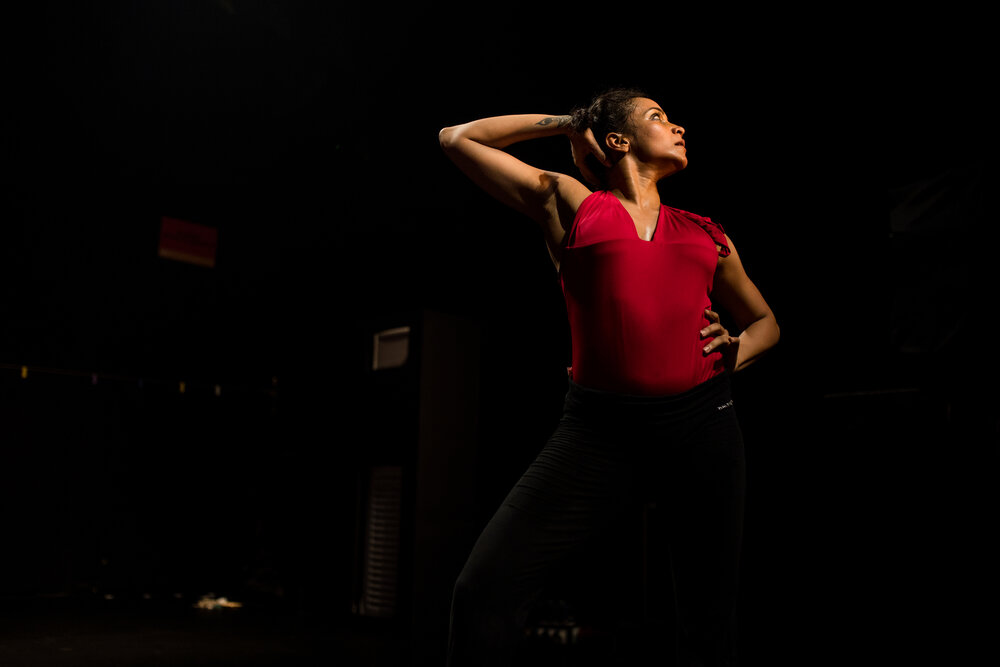
About the Project
Red Dress Waali Ladki was born out of the Diya Naidu’s response to the brutal crimes against women in India. Through the research and introspection that went into making the work, she decided to talk about the layered, subtle experience of the woman, who is seemingly liberated but constantly carrying fear in her body. Through the performance, she asks: Where does this patriarchal penetration locate itself? If ‘her’ rape is ‘my’ rape, can my bliss be hers too? Can men be invited as equals into this? The work is an ongoing (failing) research. Not scientific per se or even just physical; not even restricted to the laboratory (in this case studio). It will probably never stop. But one can hope. It began in 2014 and now is a non-performance of itself. Those who witness it, will in some way carry it within them.
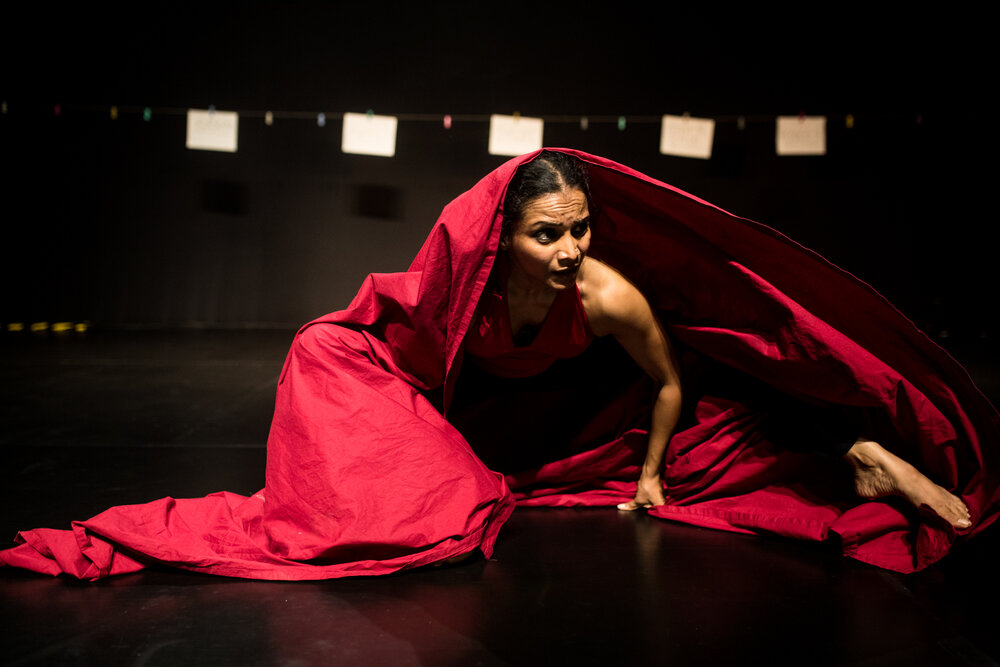
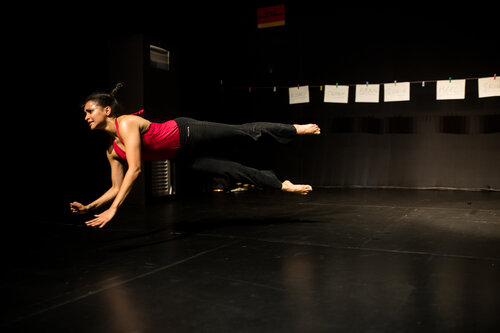
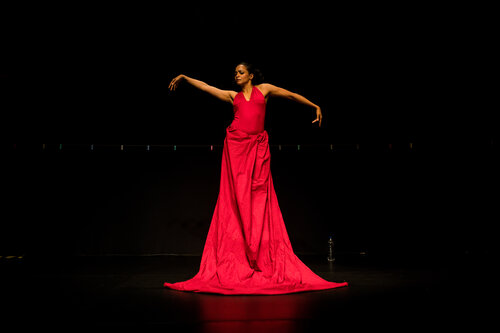
People’s Music
People’s Music was showcased as part of Serendipity Arts Festival 2017, and curated by Sumangala Damodaran. A sound and visual experience, the project showcased the multi-layered histories of narrating social change and movements through the medium of song.
Curator Sumangala Damodaran
Design Sudhanva Deshpande
Animation Shaaz Ahmed
With assistance from Inderjeet Singh
About the Project
We create music when we are happy. We create music when we are sad. We make music to accompany work. We make music for relaxation. There is music that brings entire communities together. There is music that only the truly sophisticated aficionado can appreciate in all its subtleties. There is no feeling that music cannot convey. There is music for every occasion. Including protest and resistance.
This sound, graphic and animation installation presents music of protest, resistance and social engagement over the last 80 or so years. People’s Music showcases material from different languages and regional contexts on everyday concerns of livelihoods, work, hunger, strife, war and conflict. From Ravi Shankar’s moving music for the 1946 film Dharti ke Laal (the only film produced by the Indian People’s Theatre Association), to Makhdoom Mohiuddin’s soulful anti-war song; from songs of Bangladesh’s Bhasha Andolan (Language Movement) to Iqbal Bano’s stirring rendition of Faiz Ahmed Faiz’s Hum Dekhenge; from Paul Robeson’s magisterial Ol’ Man River to Sambhaji Bhagat’s foot-tapping Lafda Kai Ko Re, People’s Music is an experience to enjoy and be inspired by.
Chamar Studio
Chamar Studio was showcased as part of the exhibition Look Outside This House, curated by Sudarshan Shetty. The exhibition presented indigenous inventions and informal industries that have origins in catering to real-life circumstantial needs with lasting social impact on communities at large.
About the Project
Chamar Studio, a design space, is mobilising the Chamar community and utilising their traditional skills to produce fashion accessories with eco-friendly materials. Chamar Studio believes in putting the craftsman first; trusting their centuries-old experience, while keeping an eye on the future with special attention to sustainability and ethical production.
Create

Create At Home
Thank you all for taking time to create at home with us! We had a fantastic time watching and reading your submissions. Please check out your one second in quarantine, and stay tuned for features on select flash fiction submissions!
Projects/Processes
The Projects/Processes series commissions research essays, longform writing, and in-depth criticism that explore the ideas and processes behind select curatorial projects at Serendipity Arts Festival. Get a copy of the 2018 series, published by Harper Design by clicking on the links below.
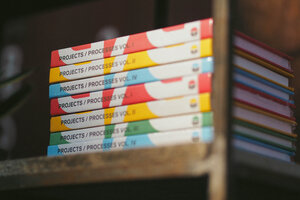
Missed the Serendipity Arts Festival last year? Catch some highlights here!
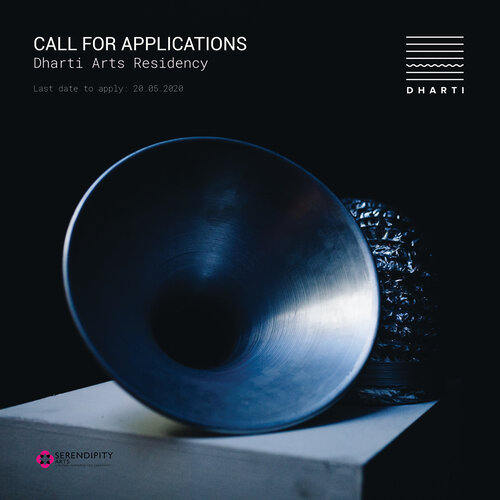
We’re excited for the return of Dharti this summer! Calling all artists, critics, and art programmers — Open Call for Dharti 2020!
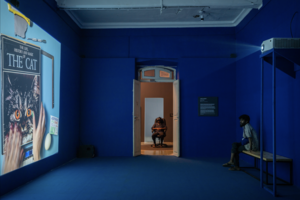
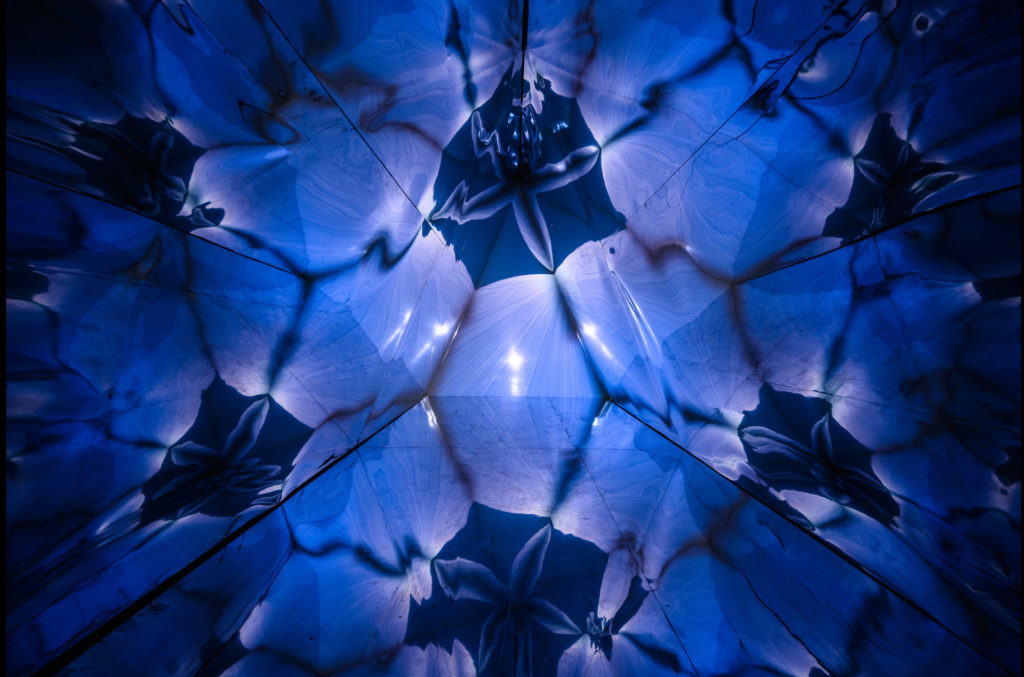
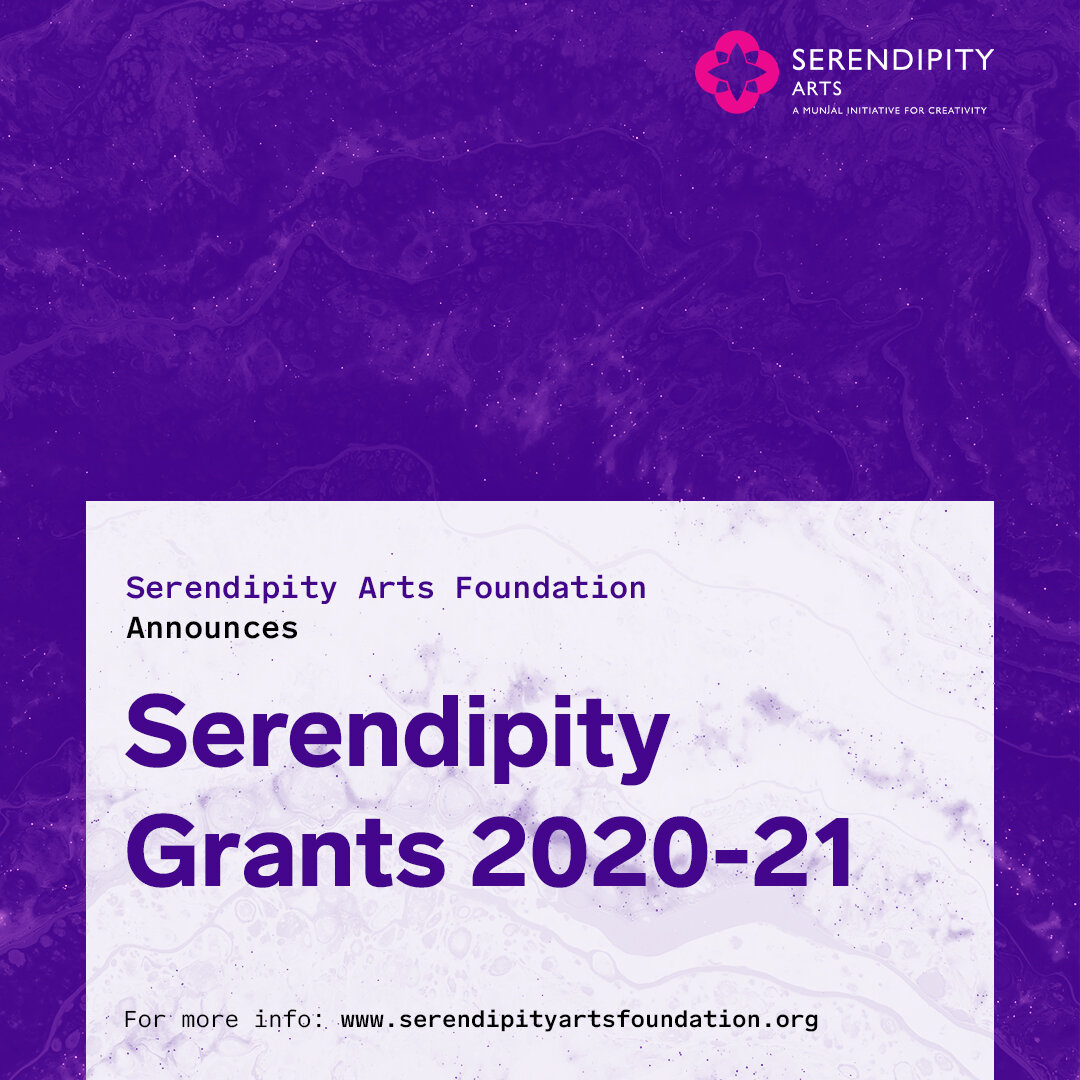
Learn more about the Grants our Foundation is offering and apply today!
Follow us on Instagram!
Serendipity Recommends | Recipes
Can’t figure out what to make for dinner? Check out some suggestions and recipes from the SAF Team!
Serendipity Soundscapes
Catch up on the first track from the Serendipity Soundscapes 2019 collection, titled Dil ki Baatein: Affairs of the Heart in Song, curated by Aneesh Pradhan and sung by Shubha Mudgal. The selection of Hindi poems set to tune specially for Dil ki Baatein hopes to bring to the listener a variety of expressions of love that have found place in poetry. The song, “Piyaa” is sure to fill your evenings with a soulful energy as Shubhaji’s powerful voice chimes in.
It’s time to feel.
In Vol. 3, we consider: what happens when the heart erupts? When body takes over performance, and when performance disrupts a canon? Or when yearning becomes radical, in spaces as small as a charpai? What happens when we bring out old photographs, neatly contained in floral-patterned, plastic-coated albums and gilded, musty frames? How do we dance to the music of separation?
Through a playlist of isolation, a roadmap for losing oneself to sound, provisional recipes from our kitchens, an essay on a dance-theatrical performance, a journey through the photo albums of Goa’s families—we explore the ever-changing forms of feeling. You will find videos of performances that will evoke responses—shame, nausea, horror, affinity, belonging. There are poems that will intrude into the personal, the ugly, the nerve-wrecking. And then, there is delight: at reciting and reading together; at the multilingual tongues of history.
Join us in feeling, as a refusal to forget.
Learn
An excerpt from
Bodily Inscriptions and Insurgencies: Performance against Power
By Trina Nileena Banerjee
This essay, examining themes of gender, sexuality, and much beyond, was written for Projects/Processes Vol. 2 (HarperCollins India, 2019), and focusses on 5 performances Sharanya Ramprakash’s Akshayambara; Sujay Saple’s Agent Provocateur; Srijith Sundaram’s Parayanna Marann Kadhakal, Mandeep Raikhy’s Queen-size, and The Patchworks Ensemble’s The Gentlemen’s Club – which were included as part Arundhati’s Nag and Atul Kumar’s curatorial programming for Serendipity Arts Festival 2019. The excerpt below discusses Queen-size.
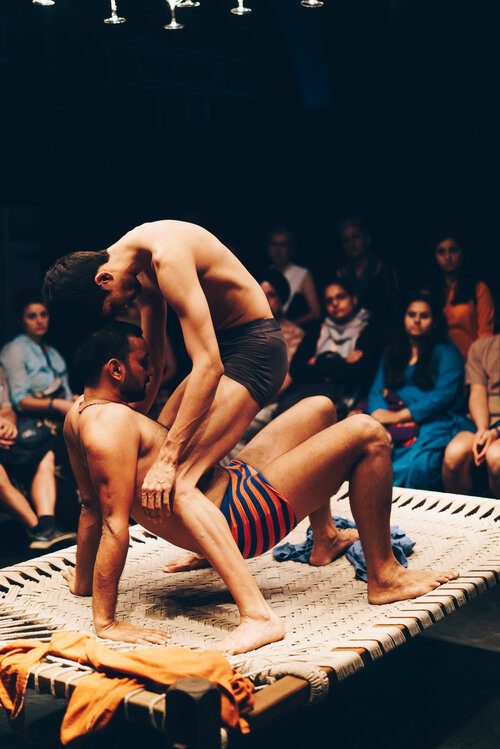
In Mandeep Raikhy’s Queen-size, there is…the juxtaposition of the personal and the political, as we, as audience, are drawn into the private space of two men engaged in a prolonged erotic encounter with each other. There is an almost direct metaphor here somewhere regarding the entry of the state and its laws into the bedrooms of its citizens. Conceived in some ways as a protest performance against the Section 377 of the Indian Penal Code (which criminalises what it calls “unnatural sex” between two members of the same sex), Queen-size remains, in title and execution, both deeply ironic and acutely earnest. We would do well to remember that Section 377 is the survival of a Victorian colonial law, which defined anything but peno-vaginal penetrative sex (always heterosexual and preferably conjugal) as against the order of nature. The “queen” in Queen-size may be an ironic reference to several things: the “queen” by whose reign such a law might be known, a wedding gift for properly-sanctioned conjugal sexual celebrations or the essential “queerness” of the performance before us, which distinguishes it from the straightforward masculinist and authoritarian nature of the “King Size.” “Queen-size” is assumed to be epithet for “bed”, but nothing is explicitly mentioned, so it could actually be a descriptive or metaphorical term for anything under the sun: people, their feelings or lack thereof for each other, a relationship, love, sexual pleasure… one cannot quite be sure.

he greatest irony is generated at the visual level, when, once within the space of the black box theatre, we find not, in fact, a queen size bed but a large “charpoy” or what is more commonly called khatiya. The khatiya here might be a desi comment on the imperial arrogance of the “queen size” or it might be a queer taking down of the heterosexual obscenity of mainstream Bollywood songs such as “Sarkai leo khatiya,” earlier referenced
in Sujay Saple’s production Agent Provocateur, where it had become an instance to demonstrate the hypocrisy of the Indian censor board. Lalit Khatana, one of the performer/dancers in Queen-size, whom I interviewed at length, told me that at one point in the rehearsals, he had begun to feel uncomfortable with some of the movements that were emerging from the devised
choreography. Even though he had done completely nude performances in Europe before, he had not been involved in creating this kind of intimacy on stage and it had begun to feel strange to him. It was, in fact, the charpoy that brought him back to the production. On the day that he had made up his mind to tell Raikhy that he could no longer be part of the production; he had thought of various ways he could explain it to him all through his journey to the rehearsal. On reaching the rehearsal space, however, Raikhy told him that he was looking for a charpoy for the production. Khatana immediately remembered that there were people near his locality who make charpoys, but one would have to buy the frame and the rope in order to make it oneself. As he occupied his mind with the problem of the charpoy, the exact nature of the frame and the material of the rope, Khatana found himself drawn back, along with these materials, into the life of the performance. It was, in a sense, this ironic, tongue-in-cheek, queer, desi bed that brought him back to reconnect with the production. He never mentioned or even felt any discomfort again.
*To read the essay in its entirety, kindly visit the Amazon links for Projects/Processes shared in this newsletter to purchase this, as well as other volumes focused on research and writing around Serendipity Arts Festival.
Social Isolation
A playlist to soak in the strangeness of today, Social Isolation, is compiled by Varun Desai (Yidam on Soundcloud), music producer and media artist. Desai’s sound experience installation Emissions, created in collaboration with Viraag Desai, was showcased at Serendipity Arts Festival 2018.
From Varun’s desk: Created and compiled during the last week of March 2020, this compilation brings together the sound of artists in isolation creating music that’s reflective of our collective
struggle during the Covid-19 pandemic. Those featured in this edition are of Indian origin but we wish to continue the Social Isolation series with more submissions and create a worldwide artist-listener network.
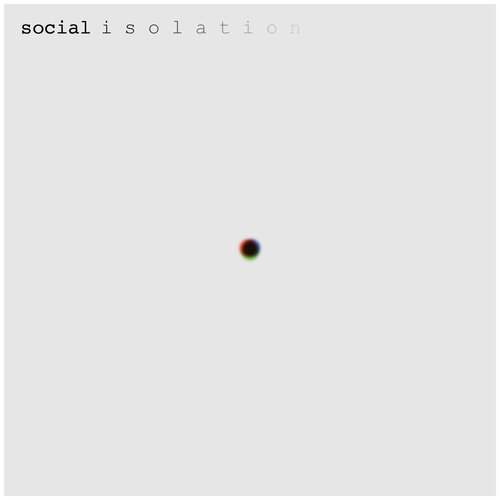
ASMR
Autonomous Sensory Meridian Response is the new trend—a space of sensorial slowness and heightened sensibility, a salve to the abrasive rigours of the modern city. Farah Mulla, an alumni of Dharti Arts Residency 2019, and sound artist, suggests a few videos to explore the ASMR experience.
Here are a few articles that explain ASMR: ASMR In Current Times ; History of ASMR ; The ASMR Experience ; Psychology of ASMR
Farah explains that this video is a nice example of experiencing ASMR while cooking ramen at home from scratch. It incorporates active listening as an exercise while trying to bring your your attention to the present moment and the immediate environment.
Reflect
Excerpts from Concrete Skies
Showcased at Serendipity Arts Festival 2019
Curated by HH Art Spaces
Transfiguration
Olivier de Sagazan
The performance Transfiguration is the story of a sculptor’s unfulfilled desire to imbue his creation with life. In a gesture of despair, he enters in his material, clay, to give it life. He sculpts clay on his head, burying himself in the material, eradicating his identity and becoming a living work of art, somewhere between the puppet and the puppeteer. But then, the material blinds him and he is forced to look inward, into the very depths of his self.
.
In a fascinating, expressive, total performance, Sagazan shifts identities on stage, from man to animal or to various hybrid creatures. He pierces, erases and unravels the layers of his face in a frenetic and uninhibited quest. Painting and sculpting oneself becomes a form of ritual positioned between dance and trance, where improvisation is essential
The Wishful Fall
Lucifer’s Ensemble
The Wishful Fall project readapts past moments by the Lucifer’s Ensemble trio, recreating new pieces in a site-specific context, taking advantage of the space’s symbolic memories, aesthetic presence and acoustic properties— presenting a new performance that traces past rituals onto a hypothetical future, where the body is kept in-between.
Poetry
Why poetry?
How does one write of poetry in prose? Poorly perhaps. How can we hope to find solace in times of continual turmoil? To live is to dwell in impossibilities, to admit into being the nearly possible. So, we endeavor to understand why we believe in the therapeutic quality of the poetic voice, if not form, nature, or intent. We are interested in the poetic voice as an invitation, into the circuitous routes that pain and love traverse, through and between bodies—much like the movement of a virus. Bodily ailments, conversational fault lines, desire and disease; how different is a rib that sticks out of place, from words mobilised to their entire emotive force? Is poetry holding us hostage to feeling? We present selections that speak of and about intimacy, the unsteady comfort of knowledge and recognition; of excess, the cycles of ripening and disintegration churning beneath the surface.
Plunge. There is no other way.
Pyramid Scheme // Hera Lindsay Bird
Home // Arundhathi Subramaniam
We Will Rebuild Worlds // Meena Kandasamy
the stains on the tablecloth are trying to say something // Sohini Basak
Goa Familia
Creative Collaborator: Akshay Mahajan
Project Head: Lina Vincent
Goa Familia is an initiative that is building an archive of people’s stories, through photographs and other memorabilia, as well as oral commentaries gathered through the participation of Goan families. The project is primarily about memory in its various definitions and manifestations, which spring from both personal and collective experiences.
the stories evolve around diverse moments recorded in albums and pictures; they transcend time and space while offering glimpses into multidimensional aspects of family histories that stand as quiet markers of societal transitions. Photography, as an intrinsic tool of documentation and visual archiving, represents these very transitions and the ever expanding possibilities of its own technical advancement over the decades.
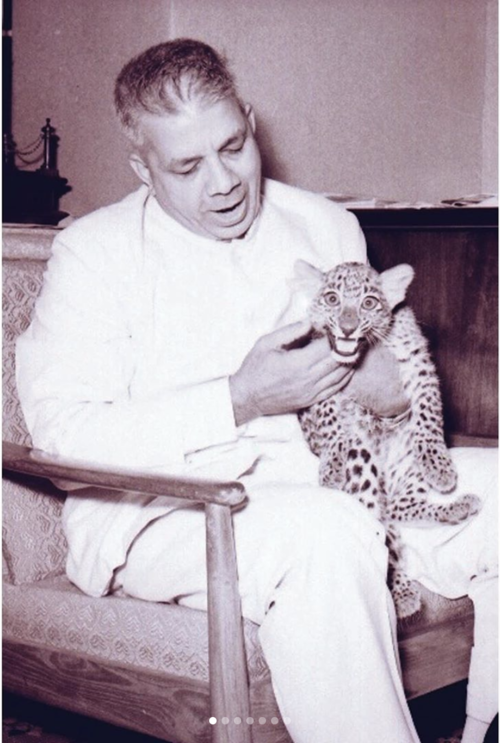
are underlying themes spoken about – interspersed with social, political, economic, religious, cultural and other inferences. Seen in today’s context, the project contends with fluctuating meanings of permanence and physicality as related to fragmenting paper and yellowing albums – and investigates notions of factual and staged reality. Photography is the thread that binds the varied trajectories of thought, articulating the unsaid and connecting peoples over generations.
Goa Familia is beginning to scratch the surface of a vast ocean of oral and photographic history, and invites families and individuals to share their stories with this evolving archive.
The project traces historically validated and underlying personal narratives that provide plural perspectives into understanding Goa as it is today. As much as they are about remembrance, photographs also refer to absence and loss, and acknowledge the act of forgetting as a valid response to the past. Recollections are frequently non-linear, with pauses and gaps that become open to interpretation. Intriguing linkages are often revealed in albums of unconnected families, while assumed relationships turn out to be false. The project attempts to mediate these fragile networks in their existing forms, employing contemporary technologies to compile and safeguard community history.
The photo-memories range from significant and popular events in Goan public history, to obscure happenings and domestic occasions; from experiences embedded in local soil, to associations with rest of India and the world. Migration and dislocation, identity and belonging
Create
Serendipity Recommends | Recipes
A list of recipes, knacks, and other remedies from the kitchen for the sequestered soul.
Create At Home | Volume 2
Submissions are still open for our Create at home 500 word stories as well as 1 second films! Click the link below to learn how to submit your creations.

Projects/Processes
The Projects/Processes series commissions research essays, longform writing, and in-depth criticism that explore the ideas and processes behind select curatorial projects at Serendipity Arts Festival. Get a copy of the 2018 series, published by Harper Design by clicking on the links below.

Missed the Serendipity Arts Festival last year? Catch some highlights here!

We’re excited for the return of Dharti this summer! Calling all artists, critics, and art programmers — Open Call for Dharti 2020
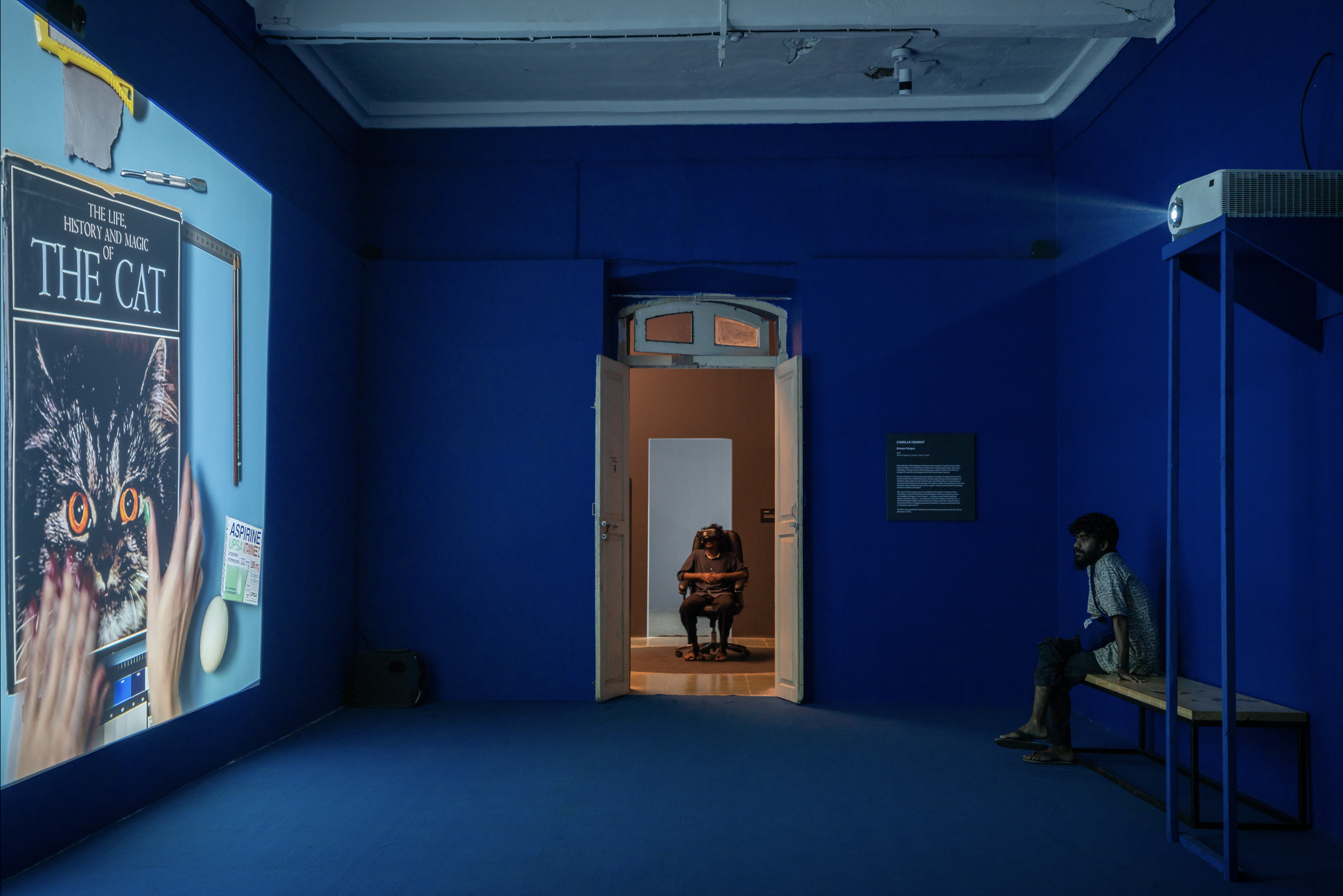
Missed Volume 1 of our newsletter? Catch up now with the link below!
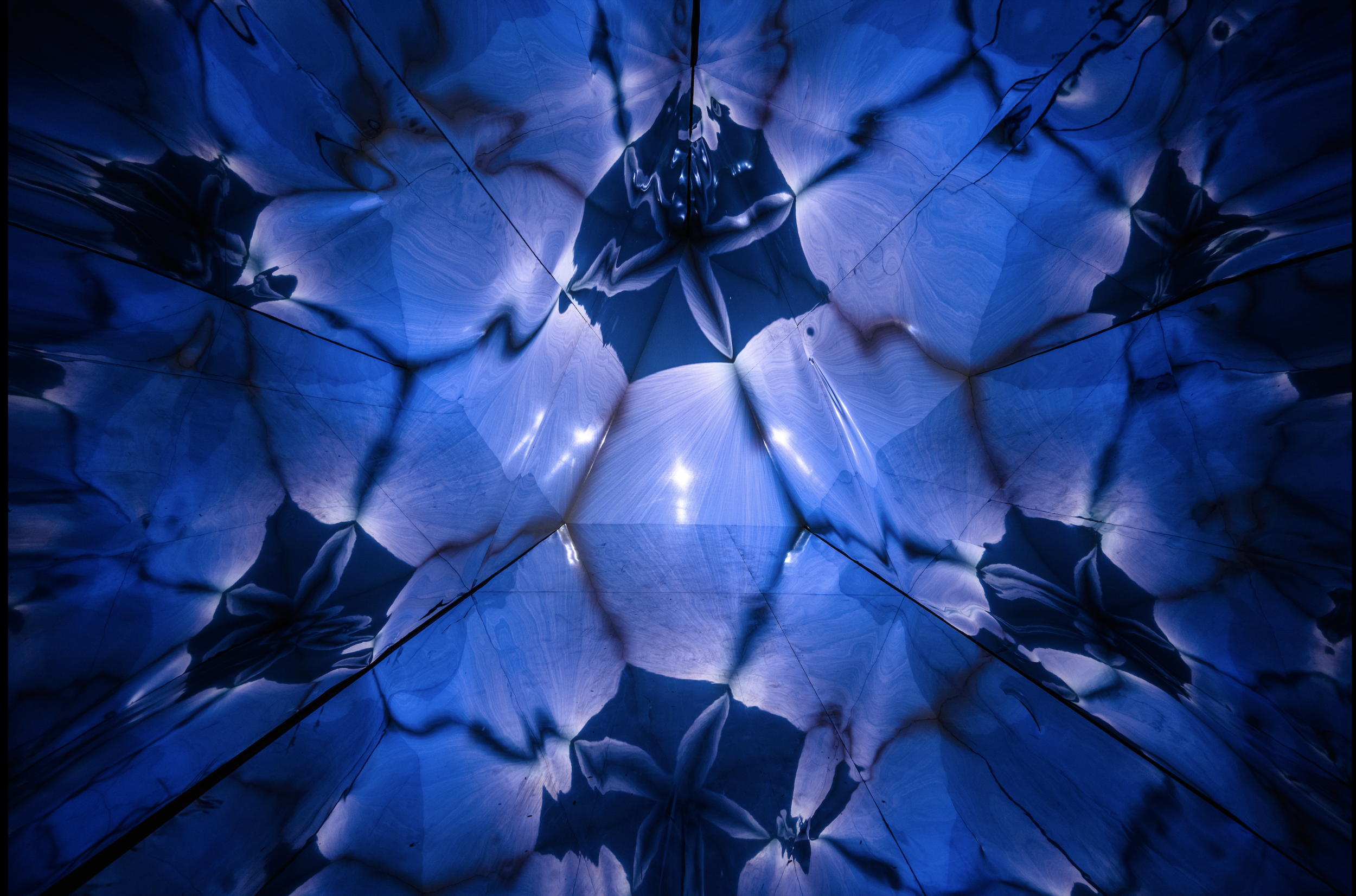
Take a look at Volume 2 of our newsletter here!
A playlist of ASMR sounds recommended by Farah Mulla
Follow us on Instagram!
Create at Home
You can still submit your one second videos! Click the link below:
Serendipity Recommends | Music
Listen to something different this week from these handpicked suggestions from the Serendipity Arts Staff!
Serendipity Soundscapes
Catch up on the first track from the Serendipity Soundscapes 2019 collection, titled Dil ki Baatein: Affairs of the Heart in Song, curated by Aneesh Pradhan and sung by Shubha Mudgal. The selection of Hindi poems set to tune specially for Dil ki Baatein hopes to bring to the listener a variety of expressions of love that have found place in poetry. The song, “Piyaa” is sure to fill your evenings with a soulful energy as Shubhaji’s powerful voice chimes in.
It’s time to watch.
The SAF Newsletter is a weekly broadsheet for engagement with the arts, a platform for us to share, connect and engage with one another through love for art, creativity and dialogue. The newsletter is divided over a period of a month—with a new edition arriving to your inboxes every Monday.
In Vol 1, we revel in the joy of beholding—the open sky, a still moment, a flicker in light, the deft movements of a dancer’s feet, unspooling celluloid reels, the frozen portraits of video calls, the ascending grid of our phone albums. Beholding each other, watching the world as it spins.
As you scroll down, you will find stories told in many forms. You may pause, you may wander—you may even fall asleep.
We’ll wait for your return. As art does.
Learn
Archive Fever: From Celluloid to Digital Body
Sukanya Deb
The silver screen—from the liquidated remains of the celluloid of cinema’s past—beckons us to consider the archival form through a slew of concerns that inform related fields of art and conservation. Celluloid film was the original vessel for photography and cinema; a living, breathing medium—one that deteriorates with every viewing.
Celluloid is almost organic through its wear, similar to an aging body. This decay is familiar to us, in how it mirrors the human condition of an omnipresent interplay between life and death, use and futility. Paradoxically, it is decay that determines how we assign the organic. Melting celluloid into silver was a common enough practice in India, since the 60s and 70s, which is telling in how we have valued our filmic, and ultimately, artistic and cultural heritage—from industry to institution.
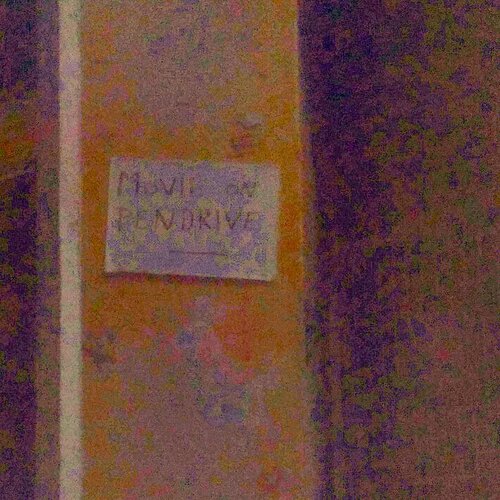
Serendipity Recommends
A list of films lovingly compiled by the SAF family for our universe of friends, supporters, and art-lovers. These are the movies we find ourselves returning to, and we hope you enjoy a few of these!
Reflect
Movement | Stillness
The body says what words cannot.
– Martha Graham
When we run out of words to express ourselves, movement comes to our rescue. We consider this time a moment of stillness in the movement of our daily routine – a time to pause and reflect, a time to connect despite physical isolation.
During this time of social distancing, technology has come to play an extremely important role in our daily lives – to stay united, to stay informed, to stay sane. Many performances have been postponed, and will continue to be in the near future. As we navigate these new, uncharted cultural territory together, we will find new ways to support, encourage and work with artists. We have had the privilege to work with many performing artists over the years. Here are some of the videos of their extended practice. We hope you are inspired.
Connecting Realities - A Symposium on Theatre and its Realities
Curated by Anuja Ghosalkar & Kai Tuchmann
Curated by Kai Tuchmann and Anuja Ghosalkar, Connecting Realities: A Symposium on Theatre and Its Realities was a two and half day symposium on documentary theatre, where performers, scholars of performance, visual artists, lawyers, activists from the human rights field, journalists, and educators engaged with the audience. The symposium aimed to transcend disciplinary boundaries, and examine Indian and Asian performance practices, both traditional and contemporary, that relate to performing reality.
Catch a glimpse below of the performances, presentations, concerts and lectures that were part of Connecting Realities at Serendipity Arts Festival 2019.
To Die Upon a Kiss
Shakespeare’s Othello, adapted to Kathakali in To Die Upon a Kiss. A series of photos from the performance at the Serendipity Arts Festival.
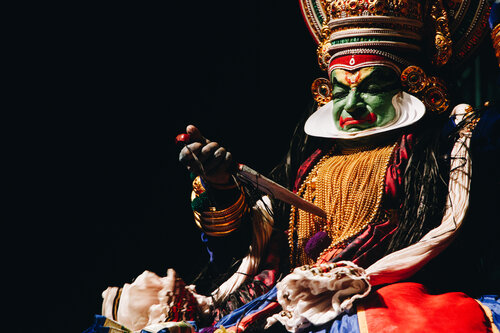
Open Call
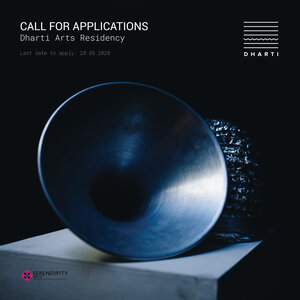
We’re excited for the return of Dharti this summer! Calling all artists, critics, and art programmers—
Open Call for Dharti 2020!
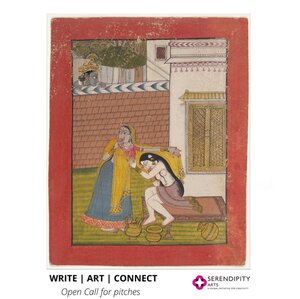
For our blog dedicated to exploring emerging voices in arts writings—WAC! Deadline extended; plus the theme is an exciting foray into asking: what constitutes vulgarity in art?
Projects/Processes
The Projects/Processes series commissions research essays, longform writing, and in-depth criticism that explore the ideas and processes behind select curatorial projects at Serendipity Arts Festival. Get a copy of the 2018 series, published by Harper Design by clicking on the links below.

Follow us on Instagram!
Play | Rewind: Podcasts by Shubha Mudgal
The immense diversity of India’s music is one of its greatest strengths. Drawing from the musical treasure available to us, Shubha Mudgal’s podcasts give listeners a taste of Indian music in all its variety, diversity and richness
Create At Home
Distance is seductive.
As the silence of our streets slowly set in—join us in taking one step towards art-making in exceptional times. A ledger of the everyday in times of resilience. For Vol 1: It Might be Time to Watch, we invite one-second video submissions. Four simple rules: each video is no longer than a second, videos must be shot from your phone, they must be a single take, and in landscape mode. You can send one or more videos.
It’s time to listen.
In Vol 2, we ask you for quietude. For closeness. For sounds and voices that reside in you and refuse to leave; tunes you wake up to, melodies that visit your dreams. For childhood, and school jingles, recitations, awkward performances for aunts and uncles; for laughter, the sound of a wicket falling, the cheer of a goal.
We ask you to pull out a Q-tip, and begin the journey of cleaning up auditory clutter, to make way for a new palette—the patter of rain, the sound of whisking coffee, the chimes of birds, the joy of a dog’s bark, the clickety-clack of your slippers on a bare floor.
So come, eavesdrop with us, as we discover that music is as much within, as amidst us.
Learn
Improvising History: Archival Negotiations and Memory in The Music Stopped, But We Were Still Dancing
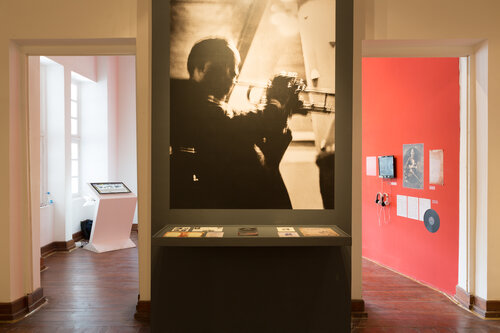
Arnav Adhikari
*The Music Stopped, But We Were Still Dancing : Goan Musicians in the Early Jazz & Hot Dance Era is an exhibition that was curated by Prashant Panjiar with texts by Naresh Fernandes, for Serendipity Arts Festival 2017. This essay (extract below) was first published in Vol. 1 of Projects/Processes, a series of publications focusing on research and writing from Serendipity Arts Festival.
In a striking moment of Susheel Kurien’s 2012 documentary Finding Carlton, in which the filmmaker travels into the deep and quickly evaporating history of the little-known Indian jazz age between the 1920s and ’60s, he finds himself in New York, speaking to Christine Correa, a jazz singer and the daughter of the prolific saxophonist and bandleader, Mickey Correa. Christine is seen singing beside the piano with her collaborator Frank Carlberg….
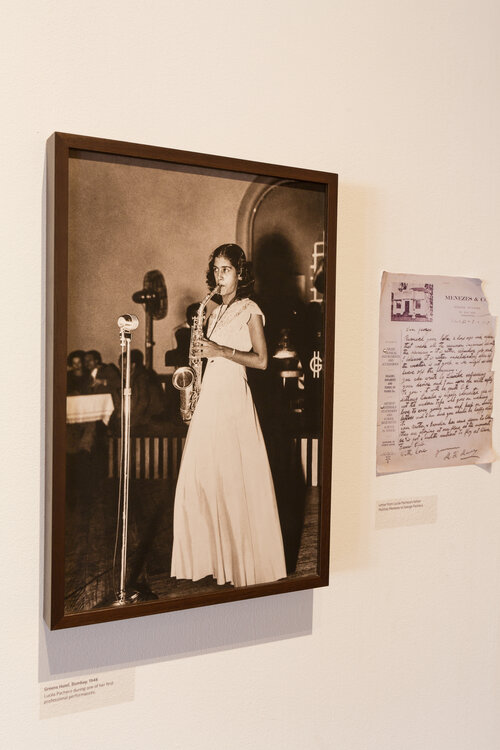
Watching Christine talk about her father’s rigorous practice routines or the way he held his instrument in front of the mirror is like observing memory assemble and reconfigure itself in real-time, moulding to fit a sometimes imagined past in the reality of the present, as Christine poignantly rues the absence of any recordings of Mickey’s band, consigning it to photographic and oral history. And then it happens. The scene cuts to Christine seated on a couch, mouth ajar and eyes wide open in an almost paralytic wonder, as the soft, muffled sounds of a swaying horn section hang loosely in the air. “This is it … that’s my dad … this is his sound” she says, almost to herself, in an ecstatic moment of recognition. It’s as if her vivid memories of Mickey’s music have been willed into reality after decades; a sound that survived only through the written word or the frozen frame, finally comes to life in front of her. This brief moment from Finding Carlton punctuates a wall tracing Mickey Correa’s colourful life and career in Prashant Panjiar’s
curatorial project, The Music Stopped, But We Were StillDancing, on view at the 2017 edition of Serendipity Arts Festival, an annual multidisciplinary event held in December along the Mandovi River in the Goan capital of Panaji. Panjiar’s curation, like Kurien’s film to some extent, traces the deeply rooted history of jazz in the early decades of the 20th century, with a particular focus on the Goan musicians who helped shape the essence of its sound, politics, dispersion, and ultimately, its evolution
Play of Senses | Listen
Siddhant Shah, Access for ALL
Siddhant Shah, Access for ALL
Did you know that there is a hierarchy of our senses? According to a research at the University of York, it is accepted (though not universally) that our senses intuitively set themselves to a particular order. Sense of sight is the most important for humans as we perceive nearly 80% of the information visually. What happens when you shut them off completely? You start focusing on already active senses but with acute attention and process information or memory. But the interesting bit is that as we are ALL different and hence the same constraint of EXPERIENCE leads to varied results. Do you want to try and test it out?
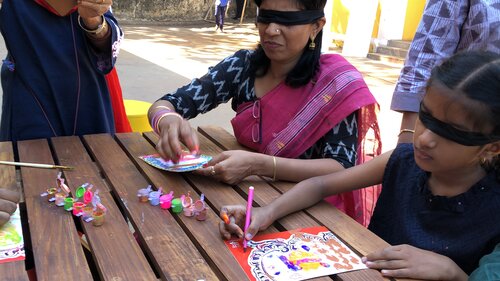
A list of songs lovingly compiled by the SAF family for our universe of friends, supporters, and art-lovers. These are the songs that console us, revive us, and hold us through everything in life. We hope you enjoy listening to some of these!
No Recommends Found!!!
REFLECT
Serendipity Soundscapes
Serendipity Soundscapes is a unique initiative by Serendipity Arts Festival. Our music curators are invited to bring together the unique sounds of the subcontinent in an extraordinary evening. Serendipity Soundscapes celebrates unfettered musical exchange. Drawing on diverse musical ideas, techniques, styles and songwriting both from India and from other parts of the world, this specially curated and composed compilation of songs is unorthodox and hybrid in its approach.
We are excited to be sharing the first track from the Serendipity Soundscapes 2019 collection, titled Dil ki Baatein: Affairs of the Heart in Song, curated by Aneesh Pradhan and sung by Shubha Mudgal. The selection of Hindi poems set to tune specially for Dil ki Baatein hopes to bring to the listener a variety of expressions of love that have found place in poetry. The song, “Piyaa” is sure to fill your evenings with a soulful energy as Shubhaji’s powerful voice chimes in.
Over the next few weeks, watch out for more tracks from the Serendipity Soundscapes on the Serendipity YouTube and Soundcloud pages, where we will be sharing tracks not only from Dil ki Baatein: Affairs of the Heart in Song but also from The Maverick Playlist for Serendipity Soundscapes 2018.
Museum of Sounds in my Head
Curated by Sneha Khanwalker
The idea behind this project titled Museum of Sounds in my Head curated by Sneha Khanwalkar was to bring to reality sounds that may have appeared in our imagination or a lucid dream—unreal, unearthly, haunting, strange, disturbing and otherwise unheard. The aim was to bring the core of sounds and its science to the fore through the use of technology. Watch the behind the scenes process of putting together the Museum of Sounds in my Head to relive the experience.
Create
The Riser
India has a vibrant and diverse independent music scene, comprising a community of young and talented musicians. Serendipity Arts Foundation is pleased to present The Riser – a platform for gifted independent acts to share their music with a community of music lovers and enthusiasts. In Vol. 2 of SAF Newsletters, we speak to Corridors and The Jass B’stards about their philosophy, process and perspective on music, in times of distancing and beyond. Click below to read Keith Peter, Programming Associate at Serendipity and a passionate drummer, discuss music with the artists!
Serendipity Grants Program
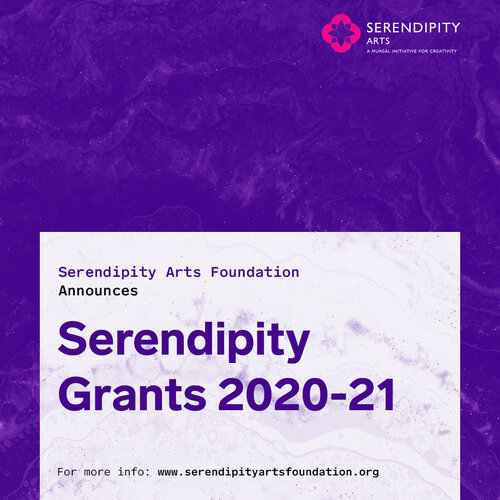
A core mandate of Serendipity Arts Foundation is the support of emergent practices and ideas in the field of visual, performing, and performance arts through grants that facilitate diverse creative actions spanning research and art criticism, conceptualisation and development of new works, and facilitating ongoing projects within the arts. To know more about the 2020 slate of grants, click on the link below, or visit www.serendipityartsfoundation.org
Create At Home | Volume 2
"It was very early in the morning, the streets clean and deserted, I was walking to the station."
Franz Kafka, "Give It Up!" – a flash fiction of 130 words
What are the voices around and within you? As days bleed into nights, what stories are simmering, rising to the surface of your mind? All voices, all genres are welcome: fiction, non-fiction, personal essay; first person, third person, and even the rare second person; stream of consciousness, poetry in verse, or embracing formlessness.
The catch: All you have is 500 words. Which stories will you choose to tell?
Send your stories to: [email protected]

Curated by Sneha Khanwalker
Serendipity Recommends | Music
Projects/
Processes
The Projects/Processes series commissions research essays, longform writing, and in-depth criticism that explore the ideas and processes behind select curatorial projects at Serendipity Arts Festival. Get a copy of the 2018 series, published by Harper Design by clicking on the links below.

Missed the Serendipity Arts Festival last year? Catch some highlights here!


Missed Volume 1 of our newsletter? Catch up now with the link below! 2020!
Follow us on Instagram!
Create at Home
LOGIN to see more
To see all the content we have to offer, login below
OR
Don't have an account?
REGISTER FOR FREE
REGISTER FOR FREE
Registration is completely free, stay connected to Serendipity Arts

